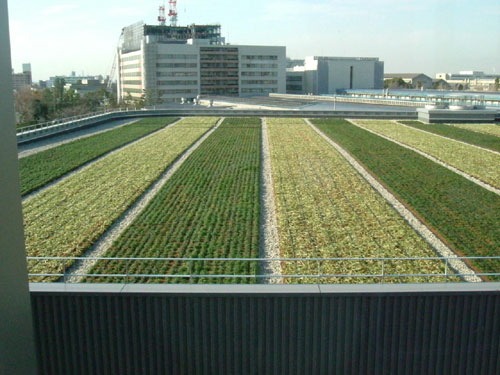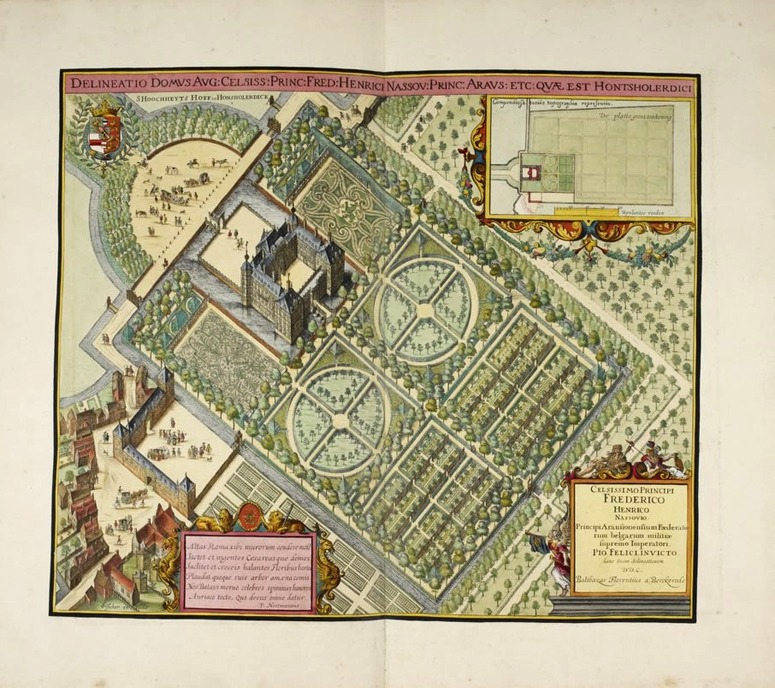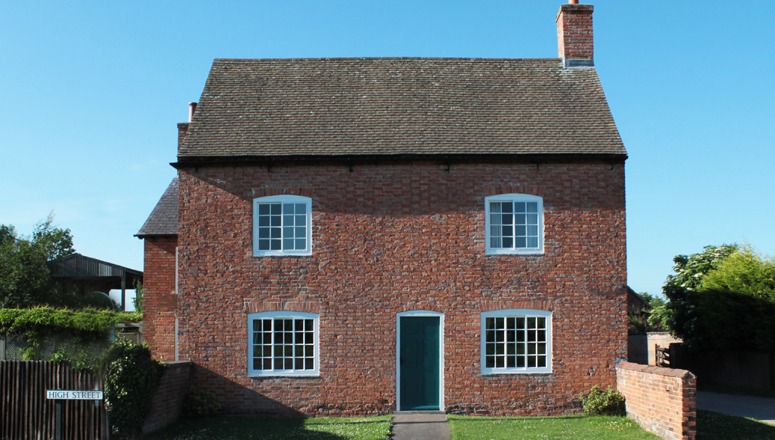 What can the past teach us about gardening in the present?
What can the past teach us about gardening in the present?
Undoubtably our ancestors were more agriculturally minded and more in tune with the rythmn of nature than we are today. The urban environments in which many of us live are climate modified, we buy our food from the supermarket and we heat and cool our living spaces.
Perhaps by revisiting previous garden traditions – such as the zen tradition in Japanese gardens – we can begin to imagine a variety of ways of utilising our urban roof spaces for a variety of purposes.
The project to document Middle Eastern garden traditions is likely to provide a valuable source of inspiration for the future as well as potentially preserving and enhancing our knowledge of the past. Don’t skip the drawings.
The art of sketching and drawing can itself through film and projection techniques transform the urban landscape and create a virtual landscape….and a new way of thinking about ‘green’ surfaces.
A book for the landscape architect to die for is Sketch Landscape. There are many ways of communicating ideas, and this book has 500 sketches and scribbles by some of the best.






